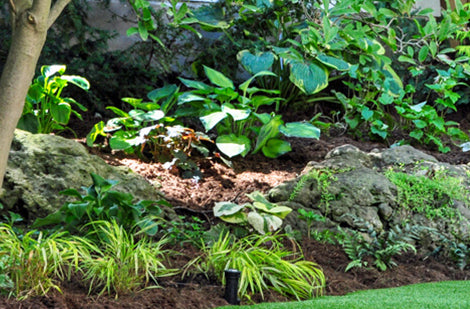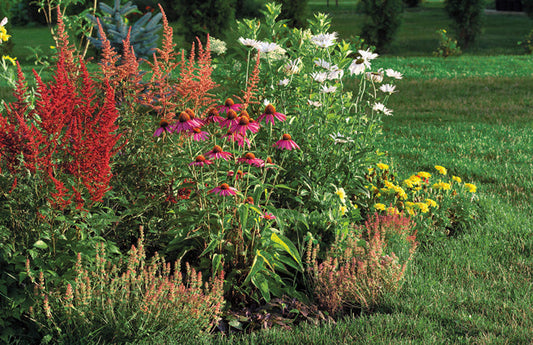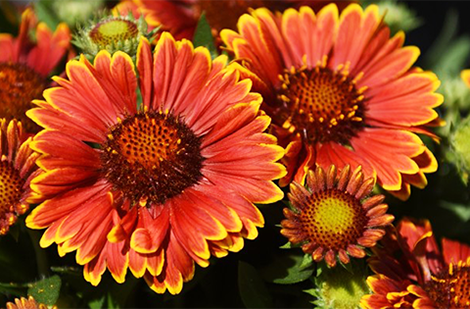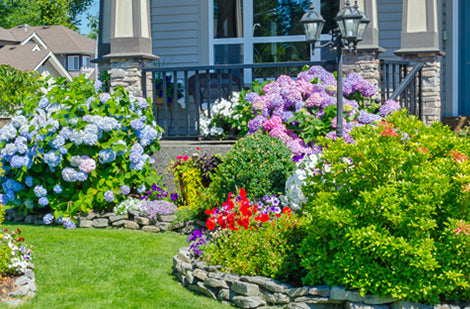Echinacea 'Cheyenne Spirit'
Echinacea 'Cheyenne Spirit' – Cheyenne Spirit' Coneflower
Echinacea 'Cheyenne Spirit' – Cheyenne Spirit' Coneflower
Exposure
- Sun
- Partial shade
Rusticity
Bloom time
- June
- July
- August
- September
- October
- Vivid mix of colours
- Long blooming, easy care
- Attracts birds and butterflies
- Very drought resistant
- Winter interest from cones
Echinacea 'Cheyenne Spirit' captures the spirit of the North American prairies with its spectacular mix of colours. This award-winning perennial flowers in its first year, producing an abundance of blooms in shades of purple, pink, scarlet, orange, yellow, cream, or white. Despite the diversity of colours in this mix, the fundamental characteristics and care requirements remain similar, ensuring reliable performance and constant appeal for gardeners and pollinators.
Characteristics
- Foliage: The plant forms a clump of green foliage that highlights the colourful blooms.
- Flowering: From late June until frost, large, daisy-like flowers unfold. Each flower presents colourful petals surrounding a prominent, spiny, brown central cone.
- Light: It thrives in full sun but also adapts well to a location in partial shade.
- Habit: This coneflower develops a bushy, compact, and sturdy habit, with well-branched stems that support the numerous flowers.
- Growth: It forms a clump that reaches 30 to 75 cm (1 to 2.5 feet) in height and 30 to 60 cm (1 to 2 feet) in spread.
- Humidity: It handles summer heat and humidity very well.
- Soil: Its deep root system allows it to thrive in varied soil conditions, including poor, dry, and even clay soils.
- Temperature: Very hardy and cold-resistant, it faces harsh winters without difficulty.
- Watering: Once established, it resists drought very well and only requires watering during periods of extreme heat.
- Resistance: This robust plant generally repels diseases and insects. It also resists deer very well.
Uses
- Types of Use: Very versatile, it fits just as well in formal borders as in cottage or wild gardens. It creates a magnificent effect in mass plantings, as edging, in rock gardens, or for naturalizing an area.
- Ornamental Features: It offers an explosion of bright, warm colours all summer long. After flowering, the dried cones decorate the garden all winter, catch the frost, and serve as food for birds.
Care
- Fertilizing: Very undemanding, it generally does without fertilizer. A simple addition of compost in the spring amply meets its needs.
- Pruning: Removing faded flowers, while not essential, encourages an even longer blooming season. For more compact growth, cut the stems back by half in early summer, which will slightly delay flowering. Leave a few dried cones on the plant in the fall to feed goldfinches through the winter.
- Planting: Divide the clumps every 4 years if they become too dense. In colder zones, plant in early fall to ensure good establishment before winter.
Plant details
Dimensions
Dimensions
Characteristics
Characteristics
Habit:
- Compact
- Straight
Flowering colours:
- Multicolour
- Purple
- Pink
- Red
- Orange
- Yellow
- Cream
- White
Plant needs
Plant needs
Watering:
- Tolerates dry, well-drained soil
Maintenance:
- Easy
- Deadhead (optional)
Soil requirement:
- Well-drained soil
Features
Features
Resistance:
- White-tailed deer
- Drought
- Heat
Attract:
- Bees
- Hummingbirds
- Birds
- Butterflies
Use:
- Flowerbeds
- Borders
- Clumps
- Rockery
- Planter
- Cut flowers
Attribute:
- Magnificent Flowers
- Cut Flowers
- Long Blooming
- Successive Blooming



Related articles
-

Perennials for all occasions
Read the articleOsez créer des associations inédites qui sauront refléter votre personnalité, même si pour cela vous deviez déplacer certaines vivaces pour mieux les mettre en valeur.
-

Landscaping with perennials
Read the articleVariétés à découvrir, la tomate se savoure crue, en sandwich, en bruschetta ou en salade. Cuite, c'est l'ingrédient de base de sauces, soupes et salsas.
-

Perennials proper maintenance: cut and fertilize
Read the articleLa grande popularité des vivaces vient du fait qu'après avoir été oubliées pendant des mois au cours de l'hiver, elles réapparaissent sur la scène plus énergiques et surprenantes que par...
-

How to plant perennials in your garden
Read the articleEn pénétrant au jardin, ce sont souvent les plantes vivaces que l’on remarque en premier. Un massif de sauges, d’hémérocalles, d’astilbes, d’échinacées ou de lavande offre un spectacle d’une beauté...











